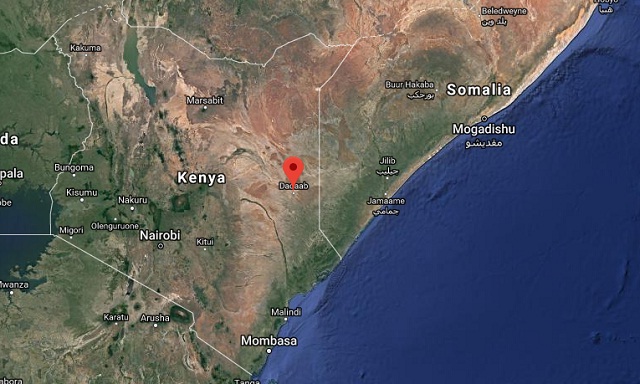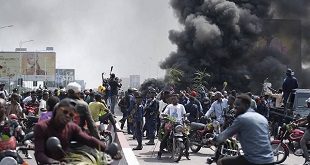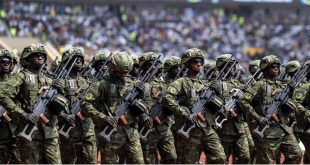
During the last heavy rains, in late 2015, more than a thousand people were infected and 14 of them died.
On top of that, the transformation of the camp from desert to swamp brings with it mosquitoes, and so malaria.
– Flood or drought –
“When the area is flooded, people are exposed to several diseases,” said 25-year-old Dadaab resident Mokhtar Dahari. The day before, he said, a child drowned in the rainwater nearby.
“Because of the floods, people cannot access the health centres,” Dahari said.
A driver working for a non-governmental organisation in Dadaab confirmed that some parts of the camps are “flooded and inaccessible. Humanitarian activities are slowed down.”
For now, Dahari has been spared: the floodwaters stopped a few meters (yards) from his hut. Clad in sopping jeans and clutching a shovel, he fills sandbags to barricade his home ahead of the next storm.
The rains, Dahari said, are enough to make him long for drought. “If the water rises again, the foundations of my house will be destroyed,” he said.
Odhiambo bitterly observed: “In Dadaab, you are doomed when it doesn’t rain, and doomed when it does.”
 The Independent Uganda: You get the Truth we Pay the Price
The Independent Uganda: You get the Truth we Pay the Price


